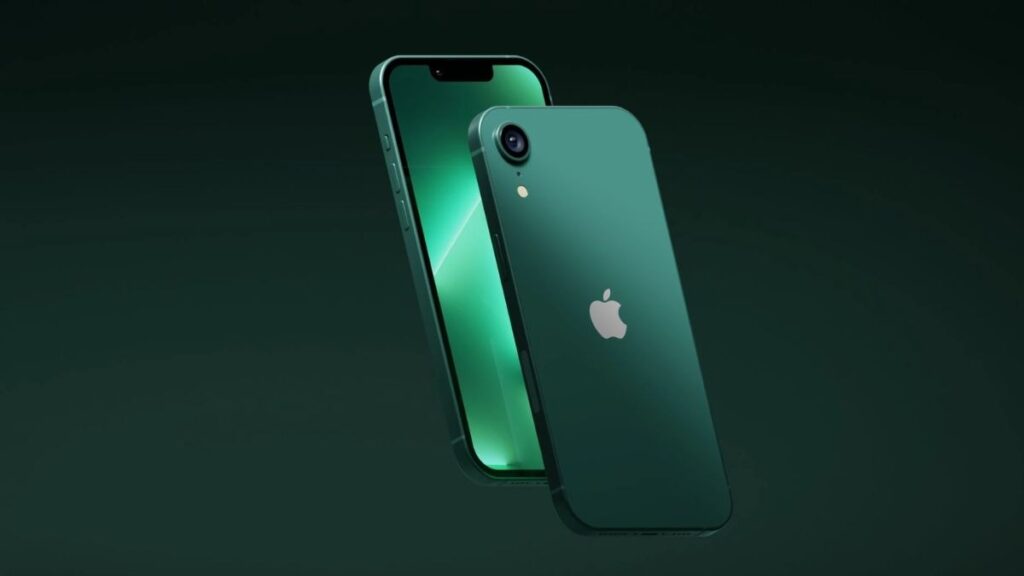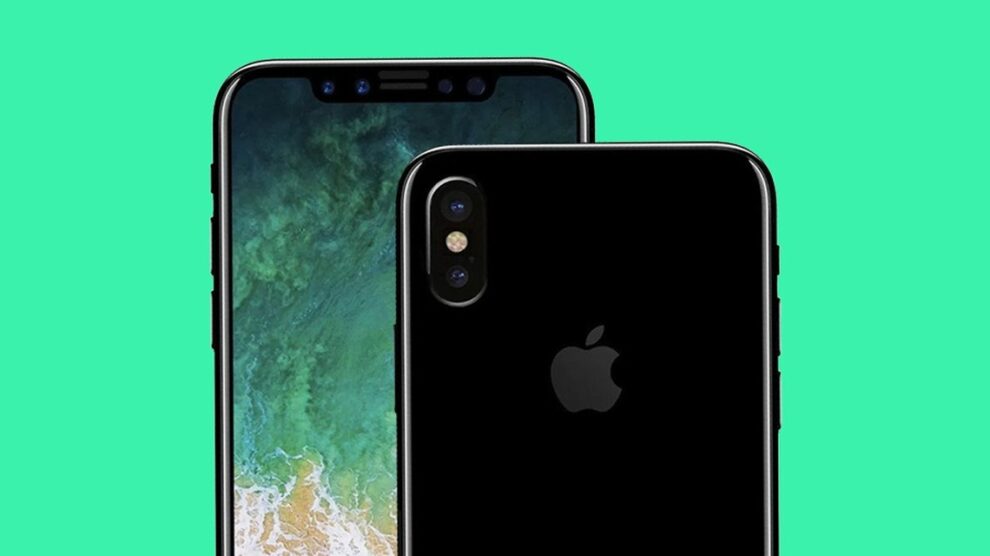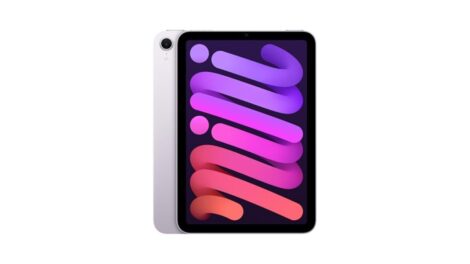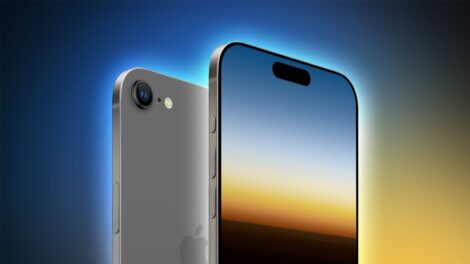In the ever-evolving world of smartphone technology, Apple has consistently been at the forefront of innovation. The company’s journey towards greater self-reliance in chip design and production has been a key strategy in maintaining its competitive edge. One area where Apple has been working to reduce its dependence on external suppliers is in the realm of 5G modems, a crucial component for modern smartphones.

iPhone SE 4: A New Chapter in Apple’s Budget Line
According to a recent report by Bloomberg, Apple is on the verge of releasing an updated iPhone SE, marking the first update to this low-end model since 2022. This news has been corroborated by 9to5Mac, which provides additional details about the device and its potential role in Apple’s broader strategy.
Key points about the iPhone SE 4:
- Expected to be unveiled in 2025, possibly in the spring
- Design similar to the iPhone 14
- Powered by an A18 chip with 8GB of RAM
- Will feature Face ID, replacing the home button of previous SE models
- Likely to include the iPhone 15’s 48MP wide camera and 12MP front camera
For a comparison of iPhone SE models through the years, check out our iPhone SE Evolution: From 2016 to 2025 timeline.
Apple’s In-House 5G Modem: A Leap Towards Self-Reliance
Perhaps the most significant aspect of the upcoming iPhone SE 4 is its potential role as a launch vehicle for Apple’s in-house 5G modem. This development marks a crucial step in Apple’s journey towards greater self-reliance in chip technology.
Key milestones in Apple’s modem development:
- 2019: Apple purchases the majority of Intel’s smartphone modem business for $1 billion
- Ongoing: Aggressive recruitment of staff to develop in-house modem technology
- 2025 (expected): First device featuring Apple’s own 5G modem
To understand the implications of this move, read our analysis on Apple’s Chip Strategy: From A-Series to 5G Modems.
The Apple-Qualcomm Relationship: A Complex History
Apple’s push to develop its own 5G modems is set against the backdrop of its complex relationship with Qualcomm, the current supplier of 5G modems for iPhones.
Key events in the Apple-Qualcomm relationship:
- 2017: Qualcomm sues Apple over patent violations
- 2019: Settlement reached, including:
- Apple agrees to pay Qualcomm royalties
- Six-year licensing deal signed
- Multi-year wireless chipset supply agreement established
- 2023: Qualcomm announces it will continue providing modems to Apple until 2026
For more details on the intricacies of tech industry partnerships, see our article on The Dynamics of Tech Industry Partnerships: Cooperation and Competition.
The Strategic Importance of the iPhone SE 4
By potentially using the iPhone SE 4 as a testbed for its in-house 5G modem, Apple is taking a calculated approach to this significant technological transition. This strategy allows Apple to:
- Test its modem technology in a real-world setting
- Limit potential risks by starting with a single model
- Gather valuable data before implementing the technology across its entire iPhone lineup
Conclusion: A Glimpse into Apple’s Future
The upcoming iPhone SE 4 represents more than just an update to Apple’s budget smartphone line. It potentially marks a significant milestone in the company’s journey towards greater technological independence. By introducing its in-house 5G modem in this model, Apple is laying the groundwork for a future where it has even greater control over the key components in its devices.
As we look ahead to the expected 2025 release of the iPhone SE 4, it’s clear that this device will be worth watching not just for its features and affordability, but for what it signals about Apple’s long-term strategy and technological capabilities.
Related Links:









Add Comment